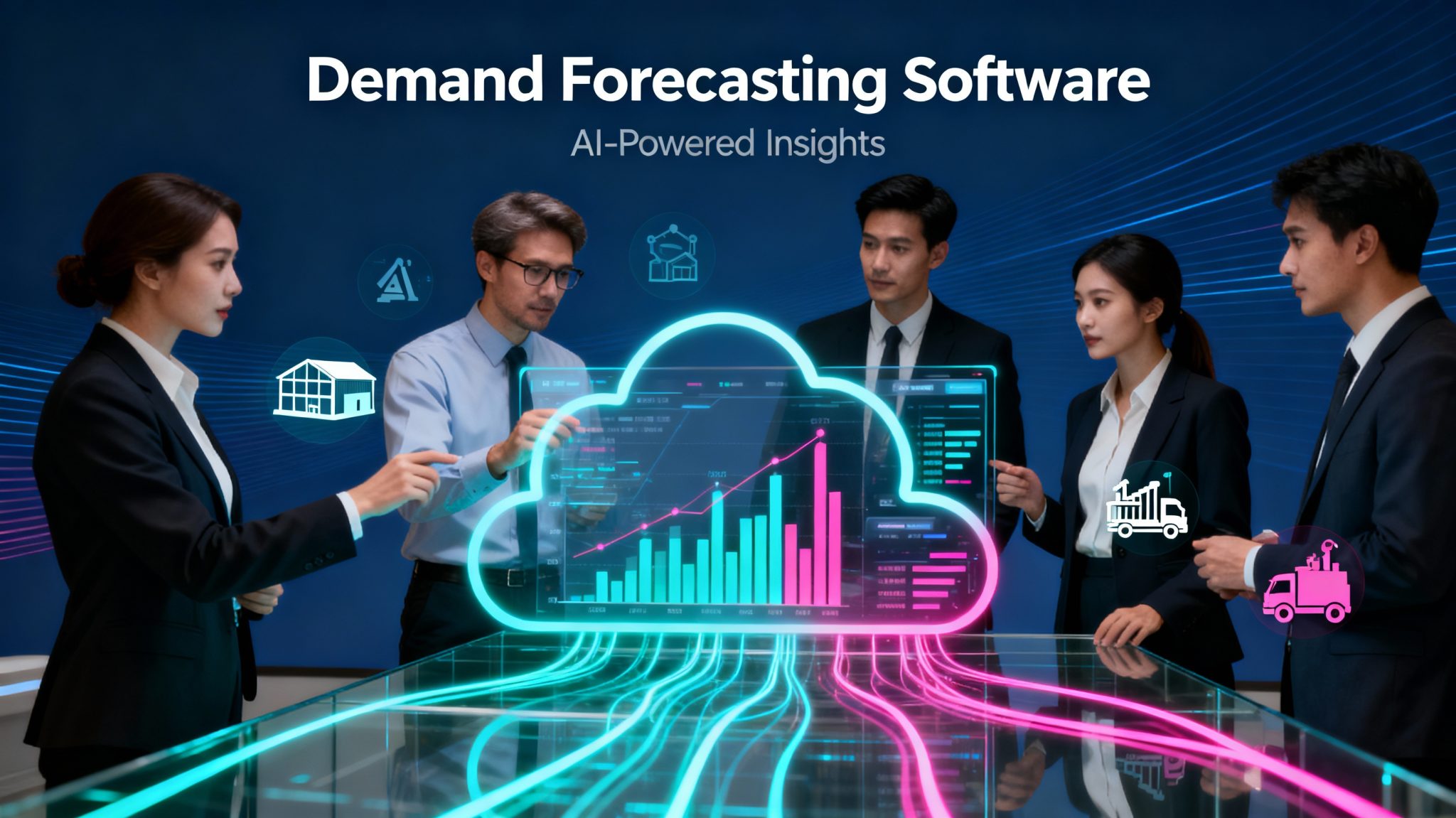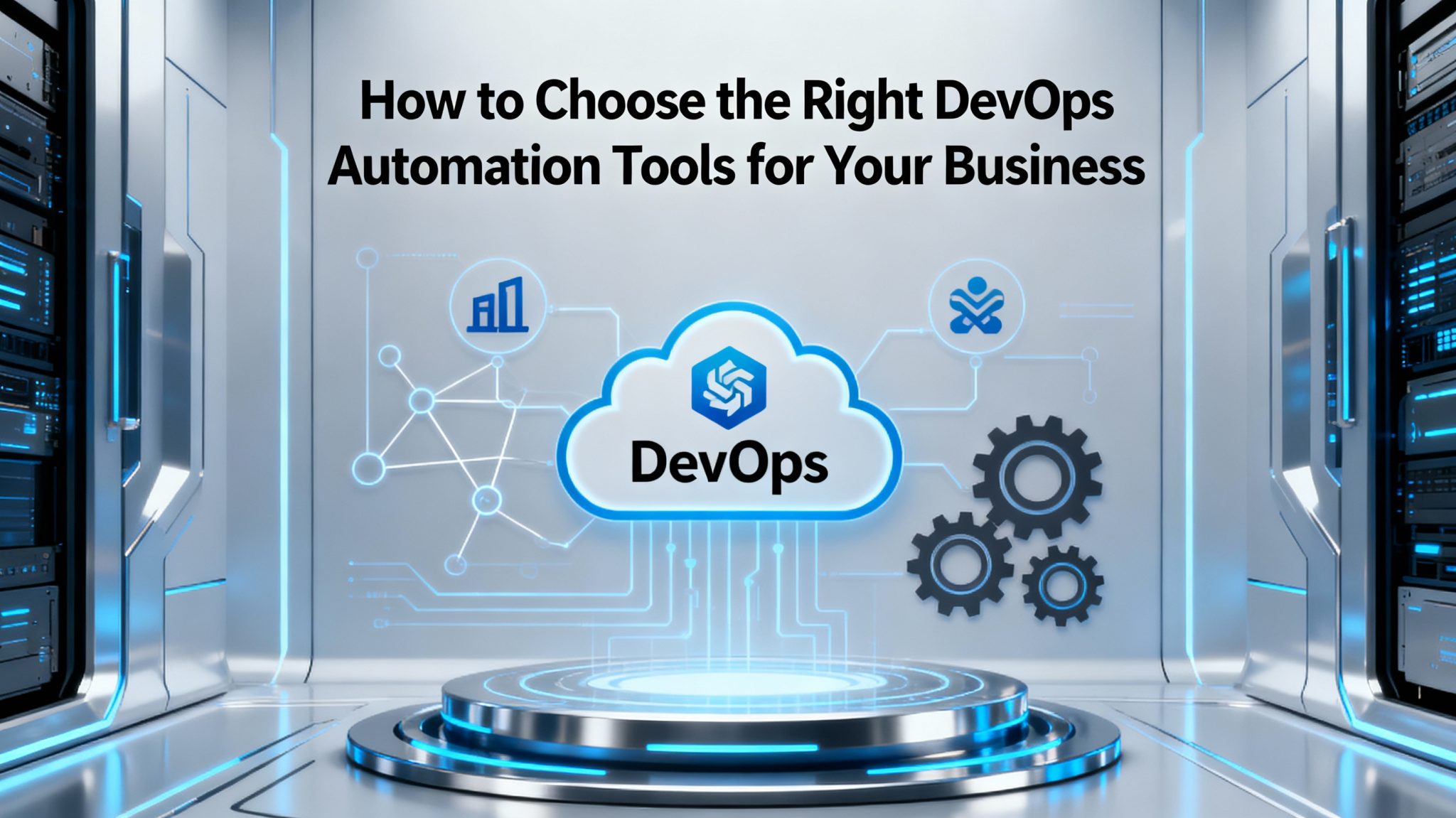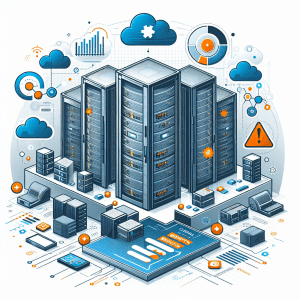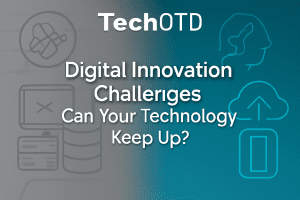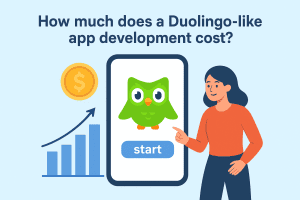Introduction
In today’s hyper-competitive business landscape, data has become the backbone of decision-making. But here’s the problem: while organizations collect tons of data daily, only a small fraction gets translated into measurable business value. The key challenge? ROI (Return on Investment) from analytics initiatives often remains unclear.
This is where Artificial Intelligence (AI) and Automation step in. By accelerating data preparation, enhancing accuracy, and powering predictive insights, AI-driven automation is helping organizations connect the dots between analytics and real profit outcomes.
This blog explores how AI and automation are revolutionizing business analytics ROI, along with use cases, benefits, challenges, trends, and frameworks to maximize returns.
How AI and Automation Drive ROI in Business Analytics
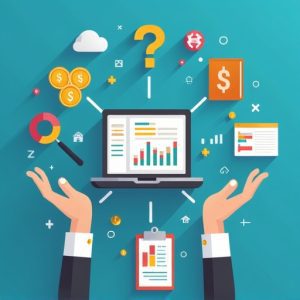
1. Faster Data Processing and Insights
-
Manual data cleaning and integration is time-consuming.
-
Automation tools (ETL pipelines, Robotic Process Automation) cut data prep time by 60–80%.
-
AI models instantly process structured + unstructured data, producing real-time insights.
2. Improved Accuracy and Reduced Errors
-
Human-driven analytics can introduce bias or errors.
-
Automated anomaly detection ensures clean, accurate datasets.
-
AI reduces false positives in fraud detection or risk analysis.
3. Advanced Predictive Analytics
-
AI models predict customer churn, sales demand, pricing trends, and risks.
-
Predictive maintenance in manufacturing → reduces downtime & costs.
-
Proactive strategies → higher ROI through smarter resource allocation.
4. Personalization and Customer Insights
-
AI-powered segmentation → micro-level targeting (age, behavior, location).
-
Sentiment analysis from social media & reviews.
-
Personalized marketing → boosts conversions up to 20–25%.
5. Optimized Operational Efficiency
-
Automated reporting = 70% less analyst time wasted on repetitive tasks.
-
AI chatbots for analytics queries.
-
Freeing analysts to focus on high-value decision-making.
Key Benefits of AI & Automation for Business Leaders
| Benefit | Business Impact |
|---|---|
| Scalability | Handles growing datasets without proportional cost increase |
| Speed | Real-time insights improve response to market changes |
| Accuracy | Reduces errors, ensuring reliable decision-making |
| Efficiency | Frees staff from repetitive tasks → focus on innovation |
| ROI Tracking | Easier attribution of revenue growth to data initiatives |
| Continuous Learning | ML models improve accuracy over time |
Use Cases Demonstrating ROI Success
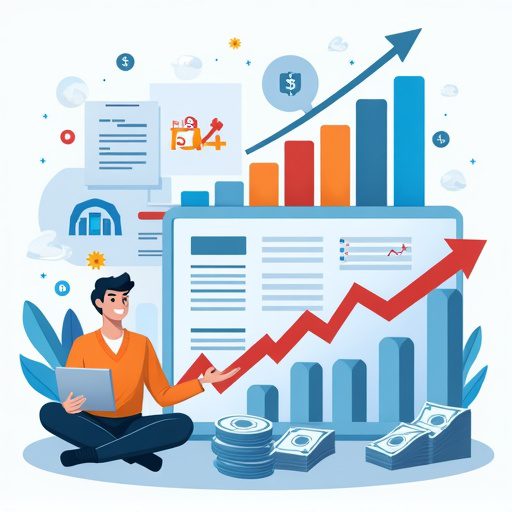
1. E-commerce Growth
-
AI-powered product recommendations increase AOV (Average Order Value).
-
Real-time inventory analytics prevent stockouts.
-
Example: Amazon’s recommendation engine generates 35% of total sales.
2. Risk Management in Finance
-
AI fraud detection → monitors transactions in milliseconds.
-
Predictive credit scoring → reduces loan default risk.
-
Case: A global bank reduced fraud losses by 30% using AI automation.
3. Manufacturing Process Optimization
-
Predictive maintenance reduces equipment downtime.
-
AI-driven quality checks improve defect detection.
-
Case: A leading automaker saved $50M annually using AI-enabled predictive analytics.
4. Healthcare & Life Sciences
-
Automated diagnostics from medical images.
-
Predictive patient care → reduced hospital readmission rates.
-
AI-powered drug discovery accelerates R&D.
Challenges in Measuring ROI from Business Analytics
-
Data Silos: Scattered data across multiple systems.
-
High Initial Costs: AI models, infrastructure, and skilled talent.
-
Resistance to Change: Employees reluctant to adopt new workflows.
-
Unclear Metrics: Organizations don’t define what ROI means for them (cost savings vs revenue growth).
-
Skill Gaps: Need for data engineers, scientists, and AI experts.
How to Measure ROI in Business Analytics
| ROI Metric | Definition | Example |
|---|---|---|
| Cost Savings | Reduction in manual effort, errors, or downtime | 30% less time in report generation |
| Revenue Growth | Additional income from AI-driven strategies | 20% higher sales via personalization |
| Operational Efficiency | Faster workflows, automation replacing manual work | 70% less analyst effort in data cleaning |
| Risk Reduction | Lower financial & compliance risks | 30% drop in fraud losses |
| Customer Retention | Enhanced loyalty via insights | 25% higher retention with AI recommendations |
Future Trends in AI & Automation for Analytics
-
Natural Language Analytics (NLP) → Ask data questions in plain English.
-
Generative AI in Analytics → AI-generated forecasts, insights, and reports.
-
Cloud-based AI Platforms → Cost-effective, scalable solutions.
-
Edge Analytics with AI → Real-time insights closer to data sources (IoT).
-
Explainable AI (XAI) → Transparent decision-making for trust & compliance.
Why Partner with Experts in AI & Automation?
Implementing AI for analytics is not plug-and-play. It requires:
-
Domain expertise.
-
Integration with existing BI/BA tools.
-
Continuous monitoring and model updates.
👉 Partnering with TechOTD Solutions ensures:
-
Custom AI models tailored to your industry.
-
Seamless integration with BI platforms.
-
Scalable, cloud-ready architectures.
-
24/7 support for optimization.
Conclusion
AI and automation are no longer optional—they are essential to solving the ROI puzzle in business analytics.
-
BI tells you what happened.
-
BA tells you why it happened.
-
AI + Automation tells you what will happen—and acts on it instantly.
Organizations that embrace this shift will gain a sustainable competitive advantage in their industries.
👉 Call to Action: Ready to maximize ROI? Contact TechOTD today to explore customized AI and automation strategies tailored to your business.
FAQ
Q1: How does AI improve business analytics ROI?
AI speeds up analysis, predicts future outcomes, and eliminates costly errors.
Q2: Can automation reduce analytics costs?
Yes, automation minimizes manual work and errors, reducing long-term costs.
Q3: What industries benefit most from AI analytics?
E-commerce, finance, manufacturing, healthcare, logistics, and education.
Q4: How do I measure ROI from AI projects?
Track metrics like cost savings, revenue growth, efficiency gains, and retention.
Q5: What’s the difference between AI-driven analytics and traditional BI?
BI focuses on historical reporting, while AI-driven analytics predict and optimize future outcomes.


